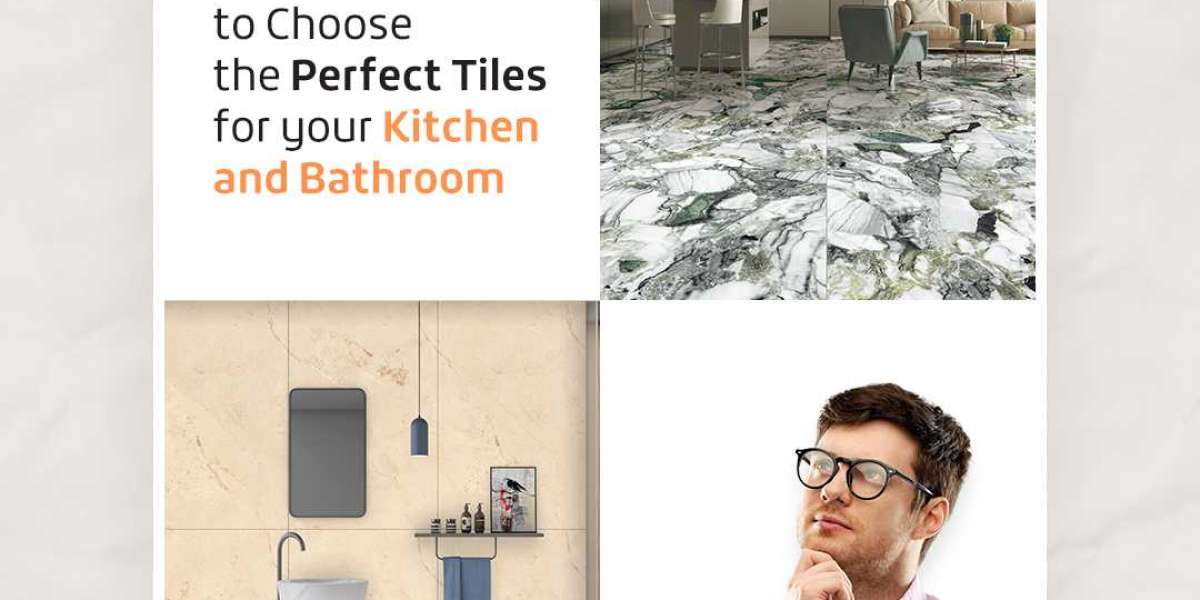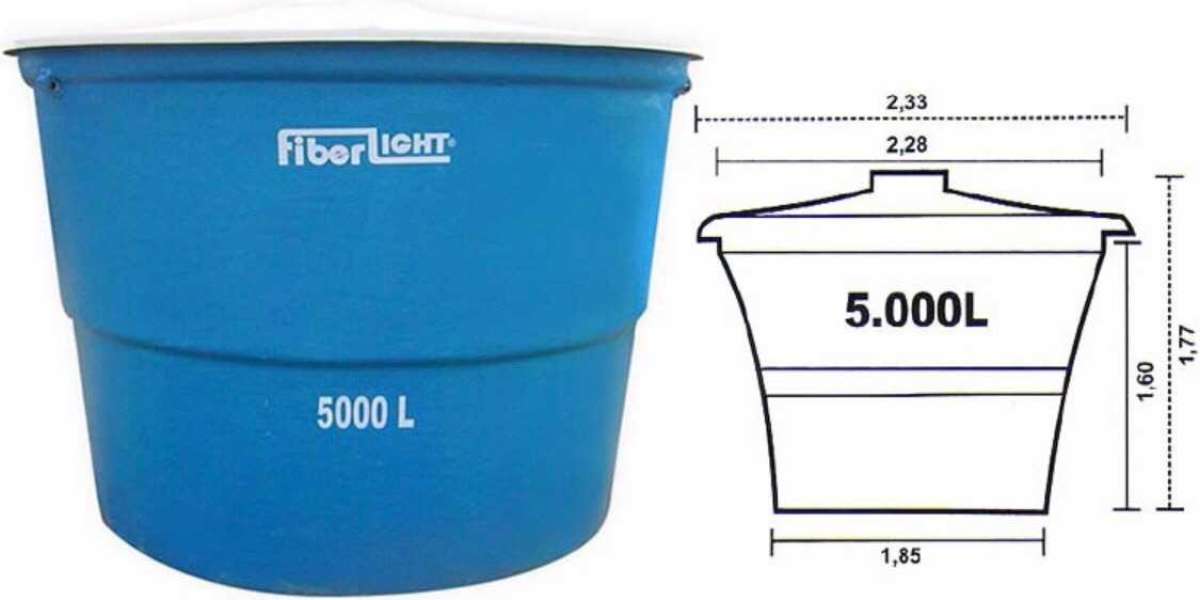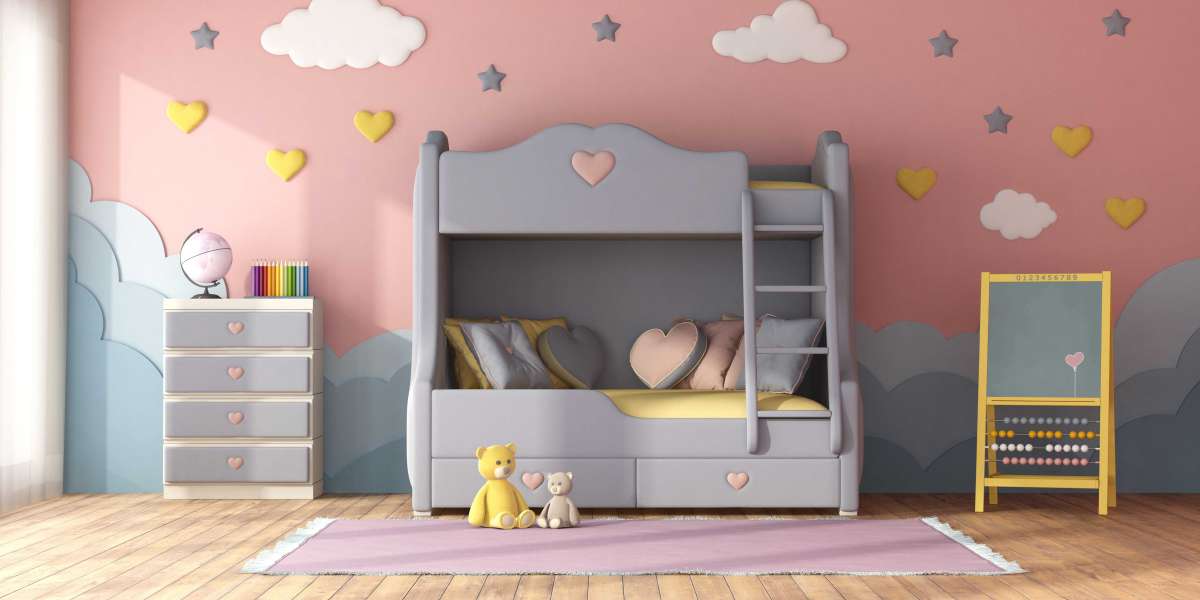Choosing the perfect tiles for your kitchen and bathroom is a significant decision that impacts not only the aesthetic appeal of your home but also its functionality and durability. With an overwhelming variety of options available, from materials and finishes to colors and patterns, making the right choice can be daunting. This comprehensive guide will help you navigate through the essential factors to consider, ensuring you select the ideal tiles that enhance the beauty and practicality of your spaces.
Understanding Tile Types
Before diving into the selection process, it's crucial to understand the different types of tiles available in the market. Each type has its unique characteristics, benefits, and drawbacks.
Ceramic Tiles
Ceramic tiles are made from natural clay that is baked to harden. They are then glazed for a protective finish, making them a popular choice for both kitchens and bathrooms. Ceramic tiles are available in various sizes, colors, and patterns, offering versatility in design. They are also relatively affordable and easy to maintain.
Porcelain Tiles
Porcelain tiles are a type of ceramic tile, but they are made from a more refined clay and fired at higher temperatures. This process makes them denser, more durable, and less porous than standard ceramic tiles. Porcelain tiles are excellent for high-traffic areas and are resistant to moisture and stains, making them ideal for bathrooms and kitchen floors.
Natural Stone Tiles
Natural stone tiles, such as marble, granite, travertine, and slate, offer a unique and luxurious look. Each tile has its distinct veining and color variations, adding a natural elegance to your spaces. However, natural stone tiles require more maintenance, including sealing, to prevent staining and water damage.
Glass Tiles
Glass tiles are a modern and stylish option, often used for backsplashes and accent walls. They reflect light beautifully, adding a sense of brightness and space to your kitchen or bathroom. Glass tiles are available in various colors and finishes, from glossy to frosted, offering a contemporary touch to your decor.
Cement Tiles
Cement tiles are handcrafted and known for their intricate patterns and vibrant colors. They add a unique, artistic flair to any room. However, cement tiles are porous and require sealing to protect against stains and moisture. They are best used in areas with less direct water exposure.
Mosaic Tiles
Mosaic tiles are small tiles, usually made from glass, ceramic, or natural stone, arranged in patterns or pictures. They are commonly used for backsplashes, shower floors, and accent walls. Mosaic tiles add texture and visual interest to your design but can be more labor-intensive to install.
Factors to Consider When Choosing Tiles
1. Durability
One of the most critical factors when selecting tiles for your kitchen and bathroom is durability. These areas are subject to high traffic, moisture, and potential stains, so it's essential to choose tiles that can withstand these conditions. Porcelain and natural stone tiles are known for their durability, making them excellent choices for floors and walls.
2. Water Resistance
Bathrooms and kitchens are prone to water exposure, so selecting tiles with high water resistance is crucial. Porcelain and ceramic tiles are highly water-resistant, making them ideal for bathroom floors, walls, and kitchen backsplashes. Ensure that the tiles you choose have a low water absorption rate to prevent damage and mold growth.
3. Maintenance
Consider the level of maintenance required for different tile types. Ceramic and porcelain tiles are easy to clean and maintain, requiring only regular sweeping and mopping. Natural stone tiles, on the other hand, need periodic sealing to protect against stains and moisture. Glass tiles are easy to clean but can show water spots and fingerprints more easily.
4. Slip Resistance
Safety is a top priority in both kitchens and bathrooms, where spills and moisture can make floors slippery. Choose tiles with a textured surface or a slip-resistant rating to reduce the risk of accidents. Porcelain tiles with a matte finish or natural stone tiles with a honed finish offer better slip resistance.
5. Style and Aesthetics
The tiles you choose should complement the overall design and style of your kitchen and bathroom. Consider the color scheme, patterns, and finishes that will enhance your decor. For a classic and timeless look, neutral tones and simple patterns are ideal. For a bold and modern aesthetic, vibrant colors and intricate designs can make a statement.
6. Size and Layout
Tile size and layout play a significant role in the overall appearance of your spaces. Large tiles create a seamless and spacious look, making them suitable for both kitchens and bathrooms. Smaller tiles, like mosaics, add texture and visual interest, especially in accent areas. Consider the layout patterns, such as herringbone, brick, or grid, to add character to your design.
7. Budget
Your budget is a crucial factor in tile selection. Ceramic and porcelain tiles are generally more affordable, while natural stone and handcrafted cement tiles can be more expensive. However, investing in high-quality tiles can enhance the value and longevity of your home. Balance your budget with the desired quality and aesthetic to make the best choice.
Tile Selection Tips for Kitchens
1. Backsplash Tiles
The kitchen backsplash is an opportunity to add a focal point and personal style to your kitchen. Choose materials that are easy to clean, such as ceramic, porcelain, or glass tiles. Subway tiles are a popular choice for their classic and versatile appeal. For a modern look, consider glass tiles in bold colors or metallic finishes.
2. Floor Tiles
Kitchen floors endure heavy foot traffic and spills, so durability and ease of maintenance are essential. Porcelain tiles are an excellent choice for kitchen floors due to their strength and resistance to stains. Large format tiles create a seamless look and make cleaning easier. Opt for neutral tones or natural stone finishes to complement your cabinetry and countertops.
3. Countertop Tiles
While not as common as other materials, tiles can be used for kitchen countertops. Choose tiles that are highly durable and resistant to heat, such as granite or porcelain. Ensure that the grout lines are sealed properly to prevent staining and make cleaning easier.
Tile Selection Tips for Bathrooms
1. Shower and Bathtub Tiles
For shower and bathtub surrounds, choose tiles that are water-resistant and easy to clean. Porcelain and ceramic tiles are excellent options for their durability and low water absorption. Consider using mosaic tiles for the shower floor to provide slip resistance. Glass tiles can add a luxurious touch to the shower walls.
2. Bathroom Floor Tiles
Bathroom floors require tiles that are slip-resistant and water-resistant. Porcelain tiles with a textured or matte finish are ideal for bathroom floors. Natural stone tiles, such as slate or travertine, offer a rustic and elegant look but require sealing for protection. Avoid using polished tiles, as they can be slippery when wet.
3. Wall Tiles
Bathroom wall tiles can create a stunning focal point and enhance the overall design. Ceramic and porcelain tiles are popular choices for their versatility and ease of maintenance. Consider using large format tiles for a seamless and modern look. Incorporate accent tiles or mosaics to add visual interest and texture to your bathroom walls.
Final Thoughts
Choosing the perfect tiles for your kitchen and bathroom involves considering various factors, from durability and water resistance to style and budget. By understanding the different types of tiles available and their specific characteristics, you can make an informed decision that enhances the beauty and functionality of your spaces. Remember to balance aesthetics with practicality, ensuring that your chosen tiles can withstand the demands of daily use while reflecting your personal style.
Whether you're renovating your kitchen or bathroom or designing a new home, the right tiles can transform these essential spaces into stylish and functional areas that you'll enjoy for years to come. Start exploring your options today, considering the expertise of a floor tile manufacturer, to create a kitchen and bathroom that are not only beautiful but also practical and durable. From modern tiles design trends to classic looks, the variety available means there's something to suit every taste and need. Embrace the potential of high-quality tiles and watch your kitchen and bathroom come to life with elegance and resilience.








